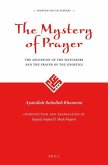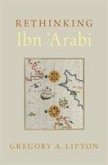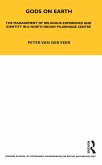This study examines the nexus between sexuality and religiosity in the career of nineteenth-century Calcutta's famous Bengali saint Sri Ramakrishna Paramahamsa (1836-86). Dr. Sil's pioneering psychological study (Ramakrishna Paramahamsa: A Psychological Profile, 1991) of this personality was followed by another book on Ramakrishna, published in 1998, which strongly argued against the saint's widely publicized homosexual orientation in the Anglo-American academe. The present book argues that he was not a homo spiritualis, in the strict sense of the term but a homo religiosus par excellence, and that, far from being a Shakta/Tantrika devotee of the Goddess Kali, he was essentially a bhakta (devotee) in the Vaishnava tradition--his cultural and family inheritance. His idea of the divine and his life and teachings as a mystic and saint provide ample justification to consider him essentially a Vaishnava whose spiritual battle cry was to demand to have a mystical dalliance with God. Narasingha P. Sil is Professor of History at Western Oregon University.








